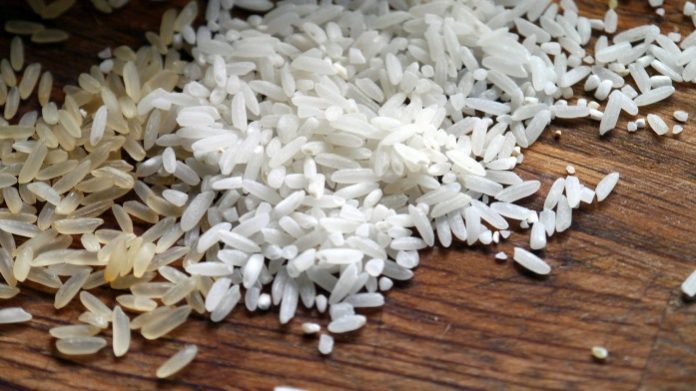It’s a new year and for many of us, that means a fresh start, often including a resolution to eat healthier. According to data pulled from Google by iQuanti, the most popular resolution of 2017 is to get healthy. Unfortunately, this is easier said than done.
With the evolution of junk food, fast food chains such as McDonald’s and Starbucks have become a part of our daily routine. For students especially, it has become the norm to eat ready-to-eat or processed food – we’ve all heard of the Freshman 15.
But one University of Toronto professor is challenging that norm and teaching history at the same time.
In October 2016, Professor Nhung Tuyet Tran decided to conduct an experiential learning project called “Eat Like a Southeast Asian X”, instead of a standard exam, in her course “HIS346H1F: Rice, Sugar, and Spice in Southeast Asia”.
Tran invited students to follow the diet of a Southeast Asian figure of their choice for four days. Roles included plantation workers in Cochinchina (now South Vietnam) in the 19th century and Theravada Buddhist monks in 15th-century Ayutthaya, Thailand. The diet was created by the students themselves, taking into account the chosen figure’s socioeconomic situation, cultural and ecological environment, and lifestyle.
“It was eye opening,” said Amal Ismail-Ladak, a second-year undergraduate student. “You have to take on someone else’s life”.
She chose the role of a South Asian indentured servant in a 19th-century rubber plantation in colonial Malaya, and took the assignment very seriously.
“I assumed my character would be a married mother and have children, so she would have to account for the meals of her family.” Sometimes, this meant Amal skipped meals to stay in character, which made her realize how lucky she was normally.
Eda Martinovic, another student in the class, had to face a different set of challenges. Eda took on the role of a Chinese mestiza (a woman of mixed-race) in 17th-century Philippines. Coming from the Balkans herself, Eda was not familiar with Philippine cuisine: she rarely eats rice and they didn’t drink coffee.
“Drinking Turkish coffee is a huge cultural thing, the practice has so much meaning,” she said. “During this challenge, I was not able to participate in family and friend get-togethers that involved the communal Turkish coffee custom”.
Nevertheless, she was glad to have participated in the project. She loved the fact that she was able to connect the material in class to a lived experience.
“It became relevant and frankly, life altering. I will never look at a meal the same way again.”
Collectively, the students came to realize that the project was more than experiencing a new diet. It forced them to step out of their comfort zone and be creative.
Perhaps learning about the food of other cultures is the key to motivating a healthier, home-cooked diet. Try eating like the people from another country for a night, or try a recipe from your ancestry! Investing time in a proper meal can offer so much more than just necessary calories.








































